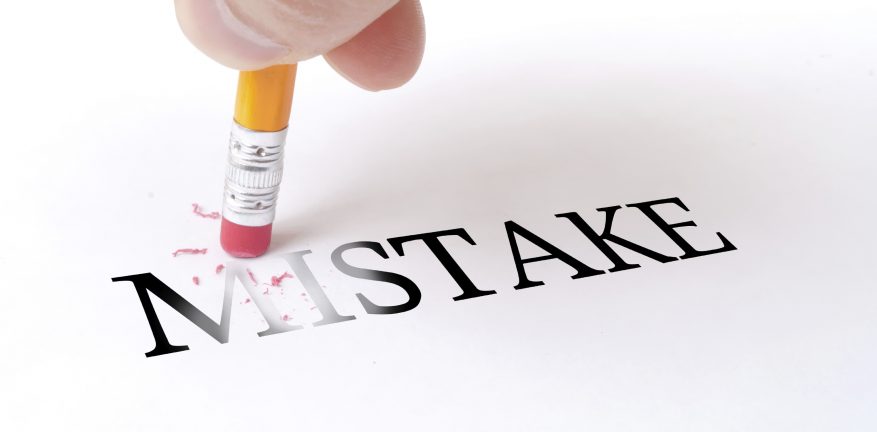Are you planning to embark on a new product development journey? Whether in the startup scene or managing a small business, you aim for a triumphant return on investment (ROI). However, research suggests that many product-engineering projects need to meet this goal. So, what sets successful projects apart from the rest? This article will explore the top five mistakes teams often make when designing a new product and how to avoid them.
1. Not Leveraging Expertise: One of the most common pitfalls in product development is failing to harness the power of experts. It’s essential to remember that the price per hour should be distinct from the value you receive. While hiring someone less experienced at a lower rate may seem cost-effective, it’s crucial to consider the bigger picture. Experts who have mastered their craft can complete tasks efficiently with minimal errors. Although their hourly rate may be higher, they’ll require fewer hours to deliver results, ultimately saving you time and resources.
2. Neglecting Risk Management: Every product development project has inherent risks. Identifying and effectively managing these risks is vital to achieving a positive ROI. To delve deeper into this critical aspect, check out our comprehensive White Paper on risk management strategies here.
3. Designing a Full-Fledged Product Instead of an MVP: One of the primary culprits behind product development failures is designing a product without ensuring its compatibility with the market. Surprisingly, over 60% of product development failures are attributed to this mistake. Before diving into the intricate details of your product, consider taking a different approach. Instead of designing a full-fledged product, create a Minimally Viable Product (MVP). The MVP serves as a testing ground, allowing you to gather valuable insights and validate your product’s market fit through well-crafted experiments.
4. Overlooking Requirements Analysis: It’s astounding how many promising products fail to achieve a positive ROI simply because their initial design needs to align with the project’s requirements. Make requirements analysis a crucial step in your product development process to avoid this costly mistake. Start using a reliable requirements template to ensure your conceptual design aligns seamlessly with the project’s objectives.
5. Ignoring Reference Designs: Small businesses and startups often face the challenge of limited resources, making it crucial to keep development costs in check. Fortunately, there’s a solution—leveraging reference designs. Many product development companies catering to small businesses offer these valuable resources. By incorporating reference designs into your project, you can optimize development efforts and minimize costs, even with limited scale.
In conclusion, a well-executed product development project can be the driving force behind a successful business. By avoiding these five common mistakes, you can significantly increase your chances of achieving a positive ROI. So, remember to seek out expertise, manage risks effectively, consider an MVP approach, prioritize requirements analysis, and embrace reference designs. By doing so, you’ll be well on your way to creating a winning product that brings value to your customers and your bottom line.
Don’t let common pitfalls derail your product development journey. Start crafting your path to success today!



0 Comments